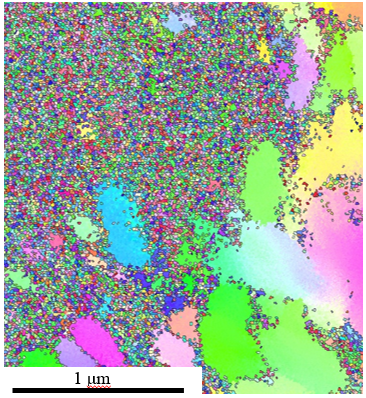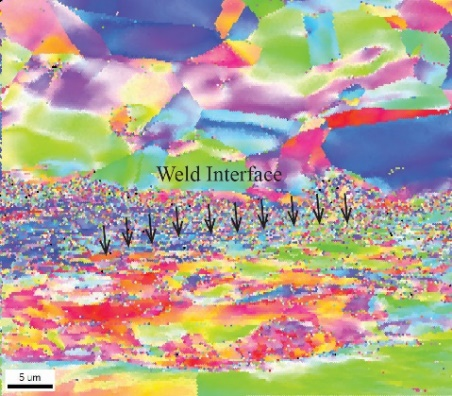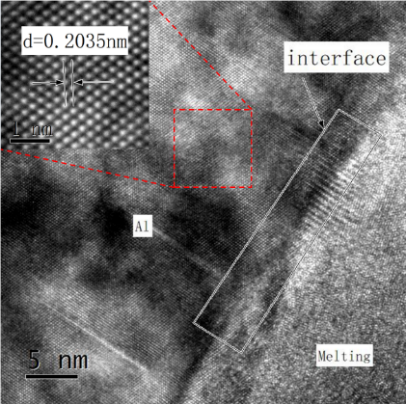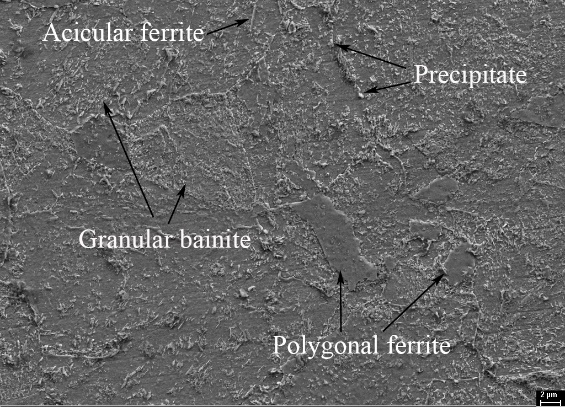This division works on the performance issues and the related mechanisms of materials used in energy systems, including energy production, oil and gas transmission & storage,and those for hydrogen energy. Driven by industry needs, research projects are initiated and conducted in this group in collaboration with other groups in the centre, other USTB institutes and other research organizations.Led by a senior professor with over 30 yrs of research experience, this group works on a range of relevant alloys and coatings that include stainless steels; high strength steels, aluminium alloys, anticorrosive coatings, and composites. Materials produced by different joining and welding, including laser impact welding, are also studied. This multidisciplinary division values team-work and partnership with clients in delivering research results. Ph. D and master students utilize various research and characterization tools in their work, such as electrochemical apparatus, mechanical testing equipment of various sizes and scales, high-temperature facilities and surface-treating equipment. Electron microscopes including TEM, FIB, 3D atom probes are usually used for in-depth study of surface and structural features.
Research Areas
1.Environmental damages (natural conditions, high temperature and pressure, corrosion environment) of materials and methods for prevention and mitigation
2.Service safety and life prediction of metal structures under stress and chemical actions
3.Advanced corrosion-resistant steels and alloys, such as high-performance sucker rod steels and hydrogen-tolerant steels
4.Organic / inorganic protective coating
5.Performance improvement through microstructural modification and surface enhancement
6.Materials produced by fusion welding and Laser impact welding
7.Al composites and ODS alloys
Research Highlights
1.Generation of nanocrystalline structure using surface mechanical attrition treatment to improve in-service performance.To address the problem of intergrannular cracking and resistance in high-temperature steam, 316L stainless steel is processed to produce a graded sub-surface grain size, down to 30 nm. (M. Ran, C. Zhang, L. Wen, H. Zhou, W. Zheng. Effect of surface mechanical attrition treatment on stainless steel corrosion. Surface Engineering, Published online: 09 Jul 2020.)


2. Laser impact welding technique. This is a novel method of joining dissimilar metals. TEM was used to study the joining mechanism. The EBSD image shows the significant microstructure evolution along the joining interface. (H. Wang, D. Liu, J. Lippold, G. Daehn, Laser Impact Welding for Joining Similar and Dissimilar Metal Combinations with Various Target Configurations, Journal of Materials Processing Technology, 2020, 278,116498)


3.The effect of thermal ageing on the stress corrosion cracking (SCC) susceptibility of 310S stainless steel in the supercritical water. The high-temperature thermal treatment rendered the 310S immune to either intergranular or transgranular SCC under the supercritical water exposure conditions. (Yinan Jiao, Wenyue Zheng and Joseph R. Kish, Corrosion Science, Volume 135, 1 May 2018, Pages 1-11)

(a) SA sample (b) sensitized sample (c) TT sample.
Boxes in (c) demarks σ phase precipitate in plan view
4.Stress-corrosion cracking in linepipe steels (X-52, X-60 and X-80). Using static loading and slow-loading CTOD testing techniques, SCC in linepipe steels under various conditions are re-produced and studied so as to develop measures to control this type of failures . (unpublished results)


Transgranular SCC in an X-80 steel after 110 days testing
5.Microstructure of sucker rod steels: Adding Mo, Cr, V, Ni, and Nb to low carbon steel and performing normalizing and tempering can produce granular bainite or a large quantity of dispersed precipitate so that the steel has better structural stability and anti-H2S performance. Grannular bainite-ferrite-precipitate complex structure has high toughness. (Unpublished results)


6.The study of hydrogen transport and trapping in steels. The hydrogen permeation behavior was studied using a 0.1M H2SO4 solution in the charging side and a 0.1M NaOH in the anodic chamber. Parameters such as diffusivity, maximum hydrogen concentration and hydrogen trapping characteristics are extracted and analyzed. (Unpublished results)

Hydrogen permeation behaviour through a steel membrane
Team Member





